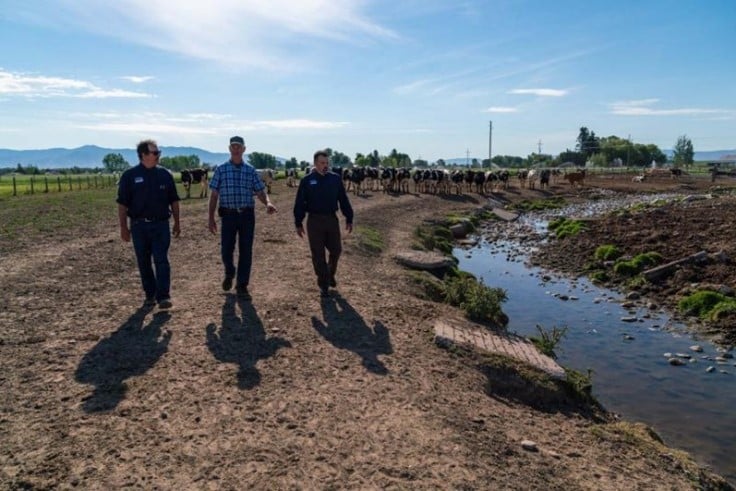The following content is from the USDA Natural Resources Conservation Service (NRCS) “Conservation for the Future” series which features Montana landowners’ experiences working with the NRCS on various conservation projects. You can view the entire series at nrcs.usda.gov.
Historically, livestock corrals as well as holding and feeding facilities were placed near a farm’s homestead along bodies of water. Being located along a stream corridor, animal feeding operations (AFO) or concentrated animal feeding operations (CAFO) provided livestock access to water and shelter among trees and shrubs. As time passed, often more pens and livestock were added and animals tended to stay close to those areas. But as many creeks and streams feed into larger bodies of water, environmental issues with sediment, waste and erosion arose. Many of these waterways are now classified as impaired and have become a natural resource concern.
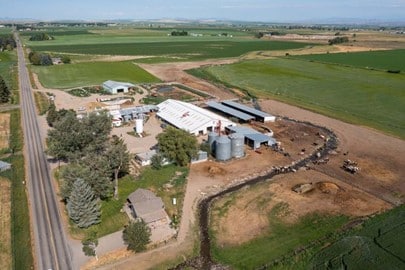
In 2015, water quality came to the forefront in the Gallatin Valley of Montana. The Gallatin Conservation District along with a variety of partner organizations, including NRCS, evaluated every watershed in the Gallatin Valley to identify the top resource concerns. In the Camp Creek and Godfrey Creek areas, water quality was identified as the number one resource concern with both creeks listed as impaired by the Montana Department of Environmental Quality. The area was identified as high in nutrients, sediments and e-coli. The Gallatin Watershed group developed a multi-year restoration plan and began working with partner groups across the area. Efforts for improvement included the National Water Quality Initiative where NRCS offers financial and technical assistance to farmers and ranchers in small watersheds to improve water quality where on-farm conservation investments will deliver the greatest water quality benefits.
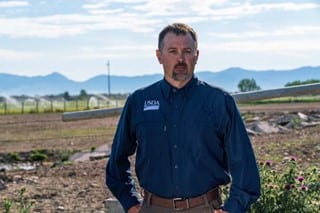
As the program gained momentum, more producers became interested in doing things that would help address their issues along water ways. “Producers wanted to reduce the level of impact that their animals were having on the creek,” states NRCS’s Meissner. “That might be something as simple as a riparian fence for a two-horse operation and seeding things back to grass. Other projects such as 3-F Dairy are in a place in their operation where they are starting to transition into the next phase of their lives.”
A 600-acre operation, 3-F Dairy’s concentrated animal feeding operations (CAFO), like some of its neighboring farms, are positioned along Godfrey Creek. “We have about 10 acres along the creek,” states owner Gary Flikkema. Born and raised on the 200-acre farm their dad bought in 1955, Gary and his two brothers took over in 1974. Over the years, the Flikkemas added more land to their operation. “It’s beautiful agricultural land,” states Flikkema. “We have pivots, lateral irrigation systems; it’s set up really well for the dairy and we wanted to keep it.” But as the brothers aged and children attained other careers, the family made the hard decision to leave the dairy business.
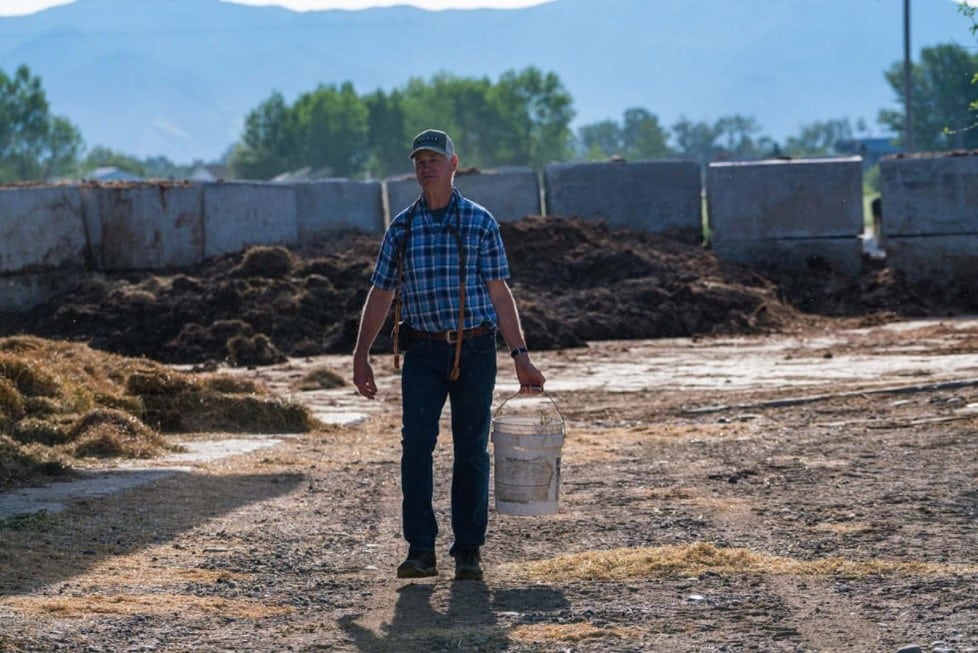
“We were discussing the potential of moving things around,” states NRCS District Conservationist Chris Mahony. “But for various reasons, the family decided to go this route and we are working with them to decommission the dairy.”
“We entered into a program with NRCS and put 580 acres of land into a conservation farm easement,” states Flikkema. With bittersweet emotion, the brothers are nonetheless pleased their land will not become another development. “With the money from the easement, we are debt-free and the land will still stay in agriculture,” states Flikkema.
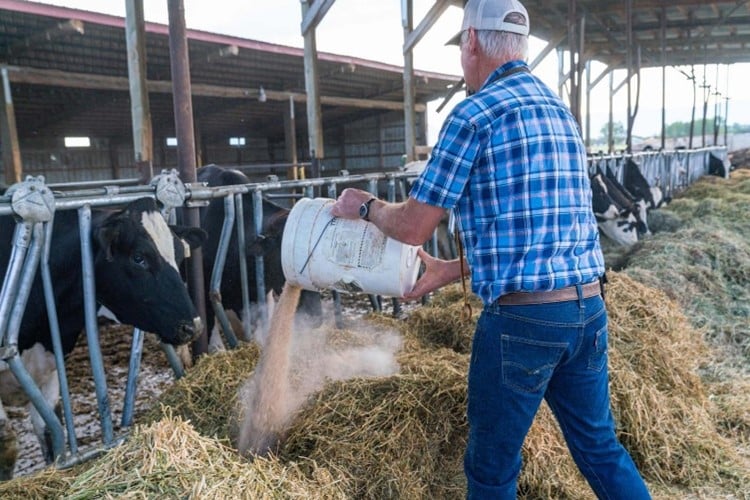
What won’t stay is the animal feeding operation along the creek. Corrals, fences, and sheds will be disassembled, sold or destroyed. The concrete silage pit will be removed and broken up and the creek banks will be reseeded with native grasses, trees and shrubs. “It will look like there never was a dairy here before,” states Flikkema.
The family has begun the process of decommissioning the dairy; a procedure that will happen in four stages over the next two to three years. “We are taking it back to nature and making it into crops,” concludes Flikkema. “The buildings are deteriorated after forty years. So, no more broken-down fences and waste, metal, concrete and rotten wood. NRCS has provided engineering and design help and they know what needs to be removed and they have it down to a fine science. They have been very good to work with.”
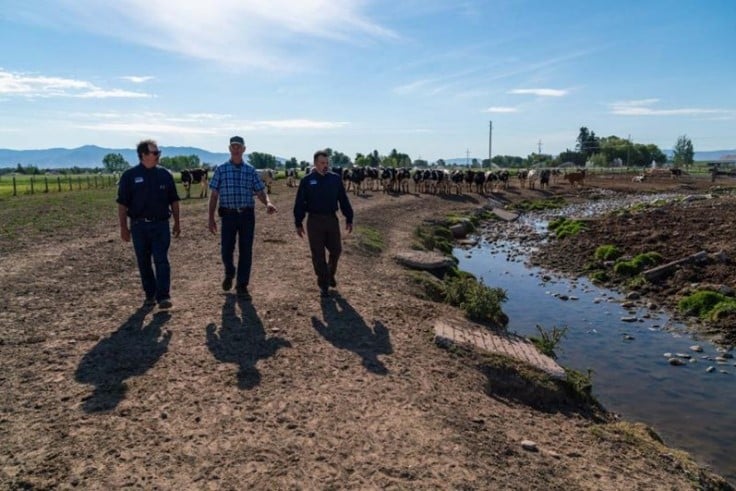
To further improve water quality in Gallatin County, NRCS and local partners have updated the local resource concerns. These resource concerns help to inform projects NRCS will undertake through Montana Focused Conservation. Urban sprawl was identified as one of the top concerns which in turn puts pressure on conventional agriculture. “Urban sprawl is really constricting agricultural operations,” states NRCS District Conservationist Justin Meissner. “Areas where producers would have had additional ground to winter or pasture their cows are now a subdivision. There is less and less ground left to produce the food and fiber that we need to survive.” Urban expansion from Bozeman out and into productive agricultural regions creates its own human impacts with septic systems, gray water issues and shallow ground water.
Through Montana Focused Conservation, NRCS wrote a Targeted Implementation Plan (TIP) to work with landowners and agricultural producers within the Lower Gallatin River watershed to relocate AFO/CAFO facilities, decreasing pathogens and nutrients leeching into groundwater and adjoining streams.
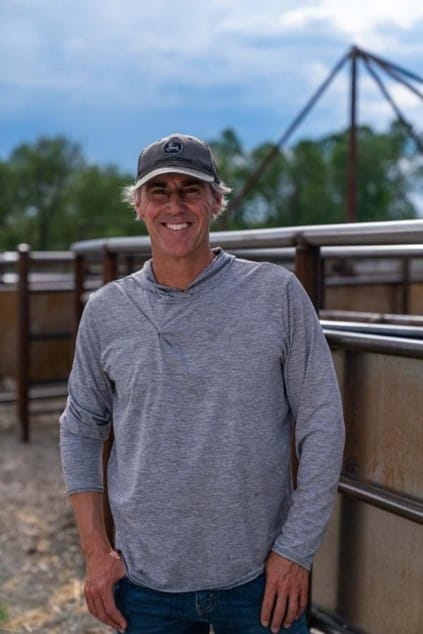
While one family transitions out of agricultural production, another phases in. The Theisen family purchased a working ranch two years ago near Wilsall, Montana, roughly 45 miles northeast of 3-F Dairy. “We’re rookies when it comes to working cattle,” states Mark Theisen, Jr. “We had some over the last twenty years but we’re working up to a hundred head. We want it to be a working ranch.”
With a background in environmental science, the younger Theisen saw right away the concentrated animal feeding operation along Horse Creek was not a good idea. “When you have a couple of hundred head of cattle concentrated down in the riparian corridor, that’s a lot of waste going down there,” states Theisen. “It was important to get it (the CAFO) out of that bottom ground and get it up on higher ground. It was important for us from an ecological standpoint.”
When the family started looking at their restoration and ecological goals, they contacted NRCS. “Early on we work with producers to understand their overall objectives and goals,” states NRCS Civil Engineer Cory Wolf. “In this case, the Theisens wanted to eliminate the existing corral site completely and move to a new location so that they were farther off the stream. From that point forward, we worked with them to find a location that fit their operational goals and where discharge was not going back into the stream.”
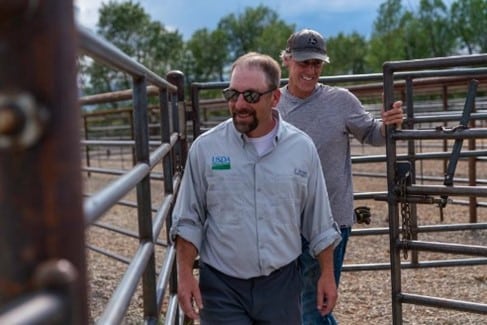
Once the Theisens selected their upland location, NRCS helped on the civil engineering side, developing site plans, elevations and proper grading. “We spent countless hours moving dirt,” states Theisen. “We probably moved way more dirt than we should have from an aesthetic standpoint but Cory with NRCS helped keep us on track. We also picked NRCS District Conservationist Ted Nelson’s brain about vegetation.”
Newly planted vegetation of native species along the creek running through the old corral site is already inviting more wildlife. “We see the occasional moose move through there and white tail,” states Theisen. “We have a little herd of antelope that pop around a little more now, we’d like to see more of them. Definitely with a little less use, we’ll see more wildlife for sure.”
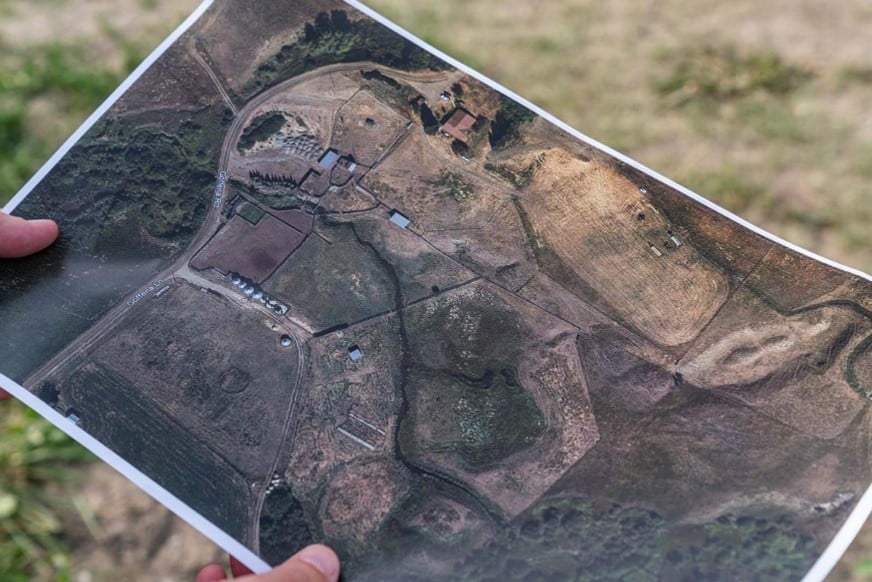
Aerial imagery of the original corral site. See the home site (brown roof) for reference point. The corrals were located along Horse Creek, allowing direct access to the stream by livestock and animal waste.
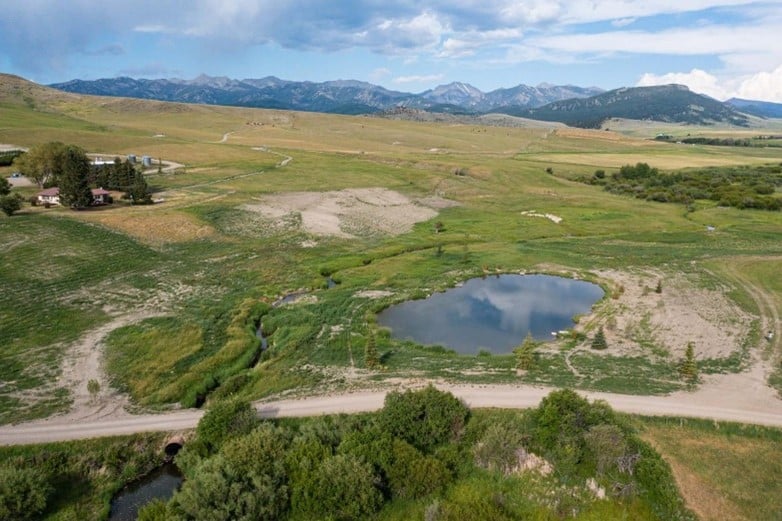
Site of original corrals. The facilities have been completely removed and the streambanks have been revegetated.
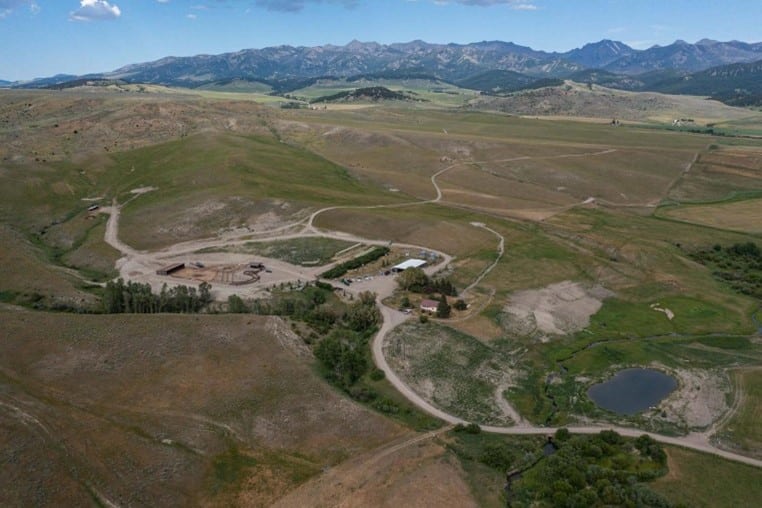
In the center of the photo is a home on the Theisen ranch near Wilsall. To the right of the home is the original location of the livestock corrals. The corrals were located along the riparian area and moved up the slope toward the home. The corrals were removed, the streambanks and riparian area were revegetated as needed, and a newly revegetated site is visible as the currently bare spot on the slope. The landowners developed the pond after the area was treated. The new livestock corrals are to the left of the home in an upland area sloped and revegetated to keep any animal waste from flowing into the waterway. The new location of the corrals has improved water quality on Horse Creek, improved wildlife habitat, and has improved the efficiency of the operation as well as livestock health.
Additional seeding around and below the new livestock handling facilities is underway. These vegetative treatment areas (VTAs) will provide erosion control and the absorption of any contaminants or effluent if rain, snowmelt, or other water moves through the facilities.
“There are definitely environmental benefits to the producers with these programs,” states NRCS’s Nelson. “Moving off the water also improves their operations over time. They can see that in improved livestock handling and livestock health.” NRCS’s Wolf agrees, “The old facility down in the bottom was really wet and muddy and calving was difficult. By moving it up where it has positive drainage, they are not fighting cattle in the mud, the cattle are better protected, and there is less issue with loss of calves. Overall, they can work cattle much more efficiently.”
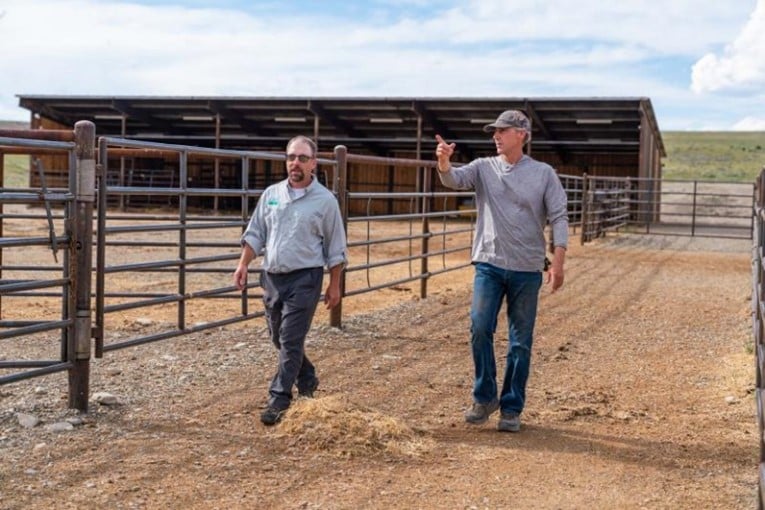
With the establishment of a new facility on higher ground away from the waterways, the entire operation now flows better. The land can now be better utilized with the old location becoming part of a pasture rotation. “It isn’t that they gave up land they can’t utilize, it’s just utilized differently now and it’s much more environmentally friendly,” concludes Wolf.
NRCS continues working with producers through technical assistance. There may also be local opportunities through Montana Focused Conservation. “We offer voluntary technical assistance that works with individual landowners to help them meet their resource concerns and to address their goals and objectives for how they want their operation to look today, tomorrow and into the future,” concludes NRCS’s Meissner.
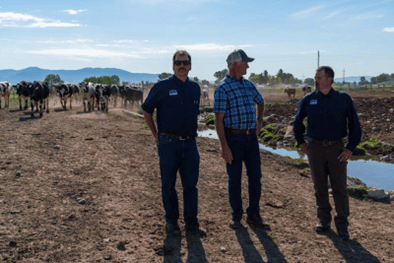
Theisen recommends contacting NRCS to other producers, “They might have programs coming up that fit any transitions that you’re making on your ranch or production facility, something that works really well for you. I think it’s a good idea to have them come out.”
###
The USDA Natural Resources Conservation Service (NRCS) emphasizes voluntary, science-based assistance to help landowners and managers improve their natural resources. NRCS conservationists work with landowners to identify problems and opportunities, develop alternatives, implement solutions, and monitor progress toward their goals. Learn more about the agency at www.mt.nrcs.usda.gov.
We will feature videos from the NRCS Conservation for the Future series which highlight several Montana landowners’ experiences in working with the agency. Each story brings something valuable to the table, and you can expect to hear about topics ranging from wetland restoration to weed control to organic farming – and much more!

